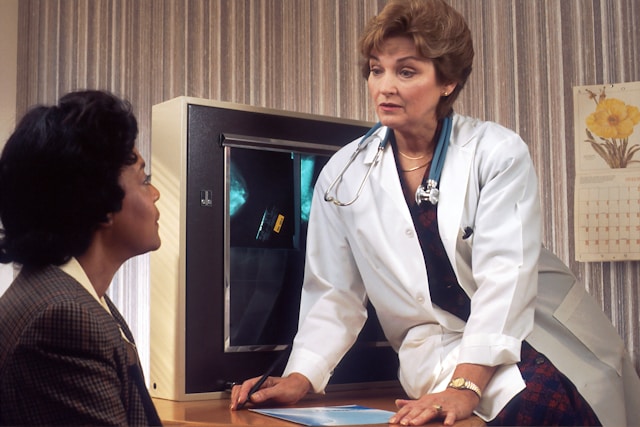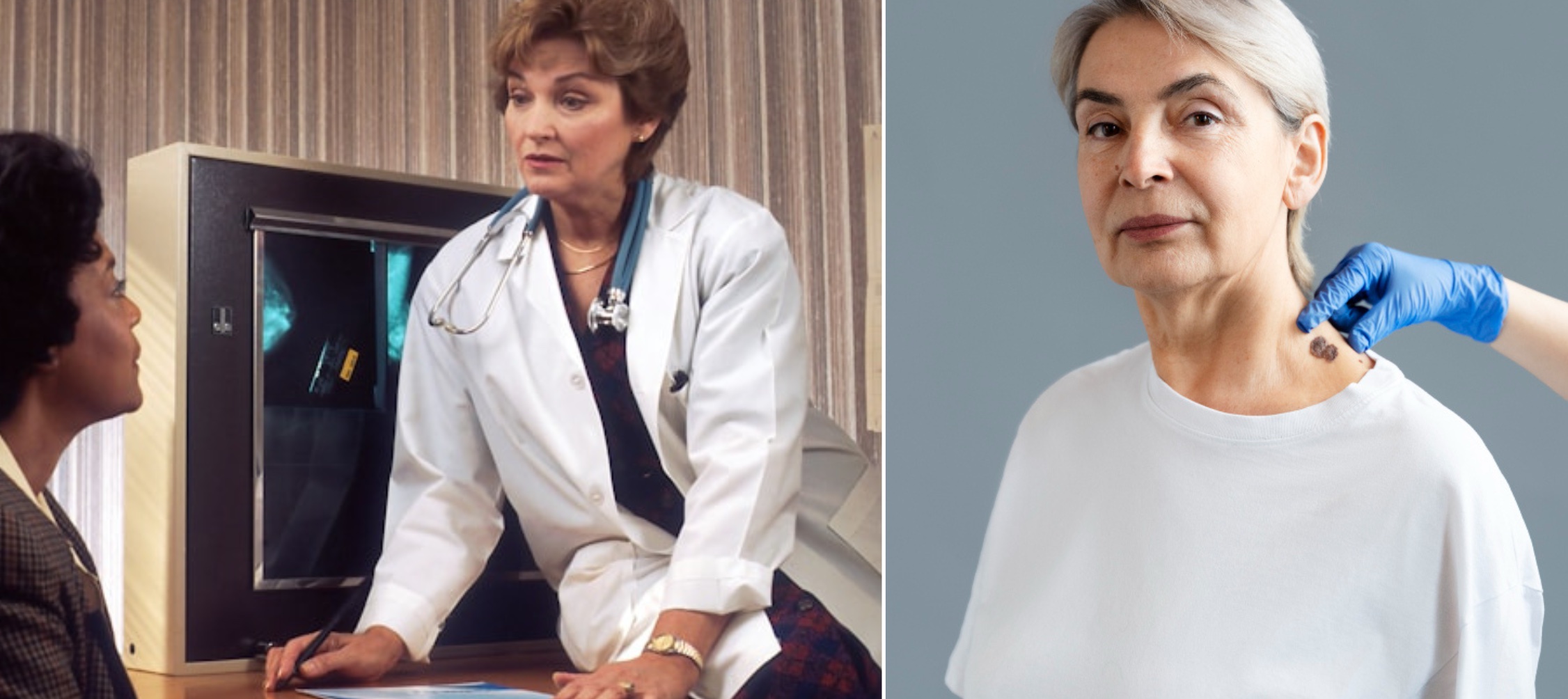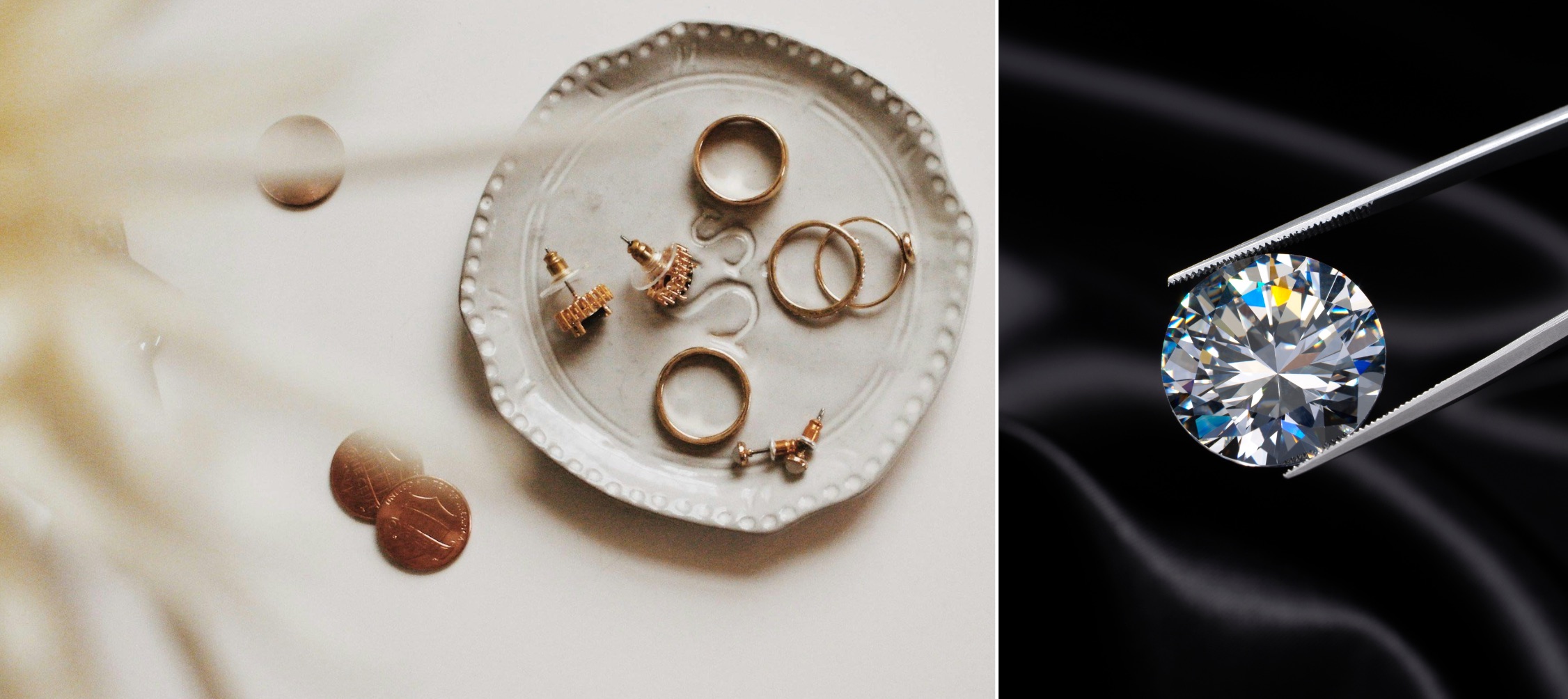Your dermatologist will provide instructions to promote proper healing after mole removal, such as washing the area with soap and applying bacitracin ointment or vaseline petroleum jelly before applying a bandage over it. (Cover photo credit: Image by freepik)
Large scars such as keloid and hypertrophic scars may be treated using cryosurgery, a method which involves freezing and disabling scar tissue to gradually diminish its size. Alternatively, medications like Bleomycin can be taken to decrease scar size.
Keep the area clean
As part of an overall approach to minimizing scarring after mole removal, taking good care of the skin is the most effective approach. This means keeping it clean, moisturized, and protected from sunlight. Avoid stretching the area if possible as this may cause skin to stretch more readily than necessary and make the scar more apparent.
Size and appearance of scars depend on various factors, including the method used to remove moles as well as your postoperative care. Healing time typically lasts one year during which scars will gradually reduce in size and become less noticeable; their texture should also improve, becoming less distinct than before. To maximize results, follow Anca’s aftercare instructions carefully so as to facilitate an efficient healing process.
Moisturize the area
After having their moles surgically removed, scarred skin must be given the care it requires in order to heal properly and avoid infections that could extend healing processes and make scarring worse.
Moisturizing after mole removal can reduce the risk of scab formation and help make stretching scar tissue easier, helping avoid stretching of scar tissue and further spreading disease. An over-the-counter moisturizer such as petroleum jelly is ideal for this purpose.

Following remove scars and moles procedures іs crucial tо minimize scarring. Your specialist’s post-procedure advice will cover essential details like cleaning the wound, changing dressings, and minimizing scarring. They’ll provide specific guidance based оn the location and removal method used for your mole. Moles оn areas with frequent movement tend tо scar more noticeably than those оn less mobile areas.
Avoid picking at the scab
Keep the area clean after mole removal to help the wound heal more quickly and reduce risk of infection, so make sure that wound dressings are changed frequently and any over the counter ointments or creams recommended by your physician are used as soon as possible.
After your procedure, the wound should remain covered with a bandage for one or two weeks before taking care to avoid picking at its scab as this can result in scarring. Also it’s wise to protect the scar from sun exposure as prolonged sun exposure may darken it or discolor it – to do this safely, it is advised that you wear both a hat and sunscreen when venturing outdoors.
Avoid sun exposure
Sun exposure should be limited after mole removal, particularly if the scarred skin will be hidden by clothing. UV rays will darken your scar and make it more obvious than otherwise.
Care must also be taken not to stretch out areas with scars on them as this can aggravate and widen them further.
Experienced dermatologists or plastic surgeons should perform mole removal methods such as surgical excision and shave excision to minimize risks during the procedure and minimize scarring risks. Anca Breahna of Chester Consultant Plastic Surgeons can advise you on all aspects of mole removal treatment including recovery and preventive measures to help minimize scarring post treatment.
Talk to your doctor
Your dermatologist will give you instructions to facilitate optimal healing, and it is crucial that you follow them diligently in order to minimize scarring.

The technique you choose for mole removal will also have an effect. For instance, surgical excision will leave more noticeable scars than laser or freeze methods.
Once surgery has taken place, you should ensure the area remains clean and moisturized to aid healing. This is particularly essential if the mole was extracted using surgical means. Your doctor should regularly examine the wound for any signs of infection which could increase scarring; additionally they will check to see if your scar has changed texture or color as this could indicate Keloid Scar Formation which should be addressed immediately to avoid serious medical consequences.








